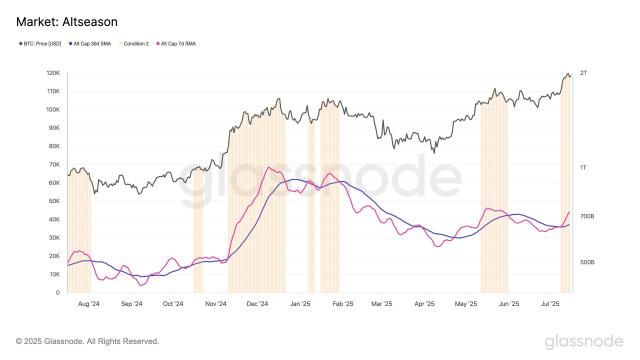Chainfeeds Briefing:
Recently, those following the AI infrastructure track may have noticed that Aethir Cloud has delivered an annual recurring revenue (ARR) of $141 million, with GPU utilization reaching 70%. Meanwhile, ATH's listing on Solana undoubtedly provides a more suitable battlefield for developing DePIN while achieving multi-chain expansion?
Article Source:
https://x.com/tmel0211/status/1945772680562778522
Article Author:
Haotian
Perspective:
Haotian: As one of the earliest AI computing power aggregation platforms, Aethir has already aggregated 430,000 high-performance GPU containers from 94 countries globally, including the latest H100s, B200s, and other enterprise-level chips. This is undoubtedly the premise for developing all subsequent platform functions. The reason it can attract GPU providers to connect even expensive enterprise-level hardware to the Aethir network is mainly due to its well-designed incentive mechanism. First, there's a double revenue guarantee. GPU providers earn device online time rewards through PoC (Proof of Capacity) and actual usage rewards through PoD (Proof of Delivery). This design allows idle computing power to generate revenue while encouraging high-quality service provision, adopting a "pay-as-you-go + continuous incentive" model that is more attractive to GPU providers. Additionally, its revenue distribution is sufficiently transparent, with 80% directly distributed to GPU providers when customers book computing power with ATH, leaving only 20% to the foundation. In traditional cloud service provider cost structures, hardware providers usually cannot receive such a high share. Aethir has indeed put effort into revenue innovation. Beyond basic computing power revenue, it is simultaneously advancing in several directions: In the RWAFI direction, collaborating with Plume to directly tokenize enterprise-level GPUs, transforming physical hardware into divisible and tradable on-chain assets. Simultaneously launching the native stablecoin AUSD to provide a price anchor for the ecosystem. This is equivalent to turning computing power leasing into a REITs-like investment product. In the NodeFi direction, 91,000 Checker nodes not only receive daily ATH rewards but can also tokenize and trade future revenues through MetaStreet's Yield Pass platform. This means that "verification work" itself has been assetized, with holders gaining immediate liquidity without losing long-term returns. Furthermore, Aethir has joined the EigenLayer ecosystem, where ATH holders can earn computing power revenue and EIGEN rewards through re-staking. This "multiple staking revenue stacking" directly raises the revenue ceiling of ATH and provides more composability in the DeFi ecosystem. The logic behind this combination is clear: Aethir is reconstructing the traditional computing power business into a layered, composable, and tradable financial product matrix. The previous approach was that having hardware meant mining for money; now, it has transformed into building a multi-layered revenue structure around hardware. GPUs are no longer just production tools but underlying assets that can be divided, pledged, and derived. Verification work is no longer just network maintenance but a source of revenue that can be pre-sold, staked, and liquidity mined. You see, isn't this similar to the PayFi track's focus on injecting real economy revenue into DeFi? From actual performance data, amid a sluggish market, Aethir maintains an annual recurring revenue of $141 million and has expanded its ecosystem to over 150 AI, gaming, and Web3 enterprises. This business stability is rare in the DePIN track. Moreover, Aethir has already pioneered GB200 and B200 cluster services, with chips designed for trillion-parameter models training 4 times faster than H100s. With the continuous investment of a $100 million ecosystem fund, the entire flywheel effect is accelerating.
Content Source








